The year 2021 was extraordinary for southwest China's Tibet Autonomous Region, characterized by a visit by the country's top leader, grand celebrations marking the 70th anniversary of its peaceful liberation, and all-round progress in various domains.
The following is a lexical walk through some of the major landmarks and achievements of the region throughout this important year:
A
Assistance
Thanks to a pairing-up assistance mechanism for Tibet set up in 1994, provincial-level regions, central government departments and centrally administered state-owned enterprises injected 52.7 billion yuan (about 8.3 billion U.S. dollars) into Tibet by 2020, read a white paper released in May.
B
Biodiversity
Lucid waters and lush mountains are invaluable assets. Such a concept has been firmly imprinted on the minds of all people in Tibet. The region has attached greater significance to biodiversity protection over the past decades, with increases in both the number of species and the population of endangered species.
C
Celebration
Tibet marked the 70th anniversary of its peaceful liberation, a historic event that led the region onto a road of unity, progress and development. A series of activities were held for celebration, including a grand gathering in front of the Potala Palace in the regional capital Lhasa.
D
Democratic reform
On March 28, Tibet marked the 62nd anniversary of its democratic reform. In 1959, the reform was carried out to abolish Tibet's feudal theocratic serfdom, liberating over 1 million serfs in Tibet.
E
Education
Tibet is the first provincial-level region in China to provide 15 years of publicly funded education, from kindergarten to senior high school.
F
Freeways
All expressways in Tibet are free of tolls. The length of freeways in Tibet surpassed 1,100 km, with the opening of a new 227-km section from Lhasa to the city of Nagqu in August.
G
GDP growth
Tibet's regional GDP soared from 129 million yuan in 1951 to more than 190 billion yuan in 2020. Its GDP rose 7.2 percent year on year in the first three quarters of 2021.
H
High-quality development
Tibet has made all-round progress in pursuing high-quality development, with a constantly improving economic structure and a greater contribution of sci-tech progress to economic growth.
I
Incomes
The per capita disposable income of rural residents in the region was 14,598 yuan in 2020, registering double-digit growth for the past 18 years, while that of urban residents was 41,156 yuan. In the first three quarters of 2021, the per capita disposable income of urban and rural residents rose 14.2 percent and 15.8 percent, respectively.
J
Jobs
In the first three quarters, 40,500 new urban jobs were created in the region, meeting over 80 percent of the annual target.
K
Kashin-Beck disease
It is also known as "big bone disease," which can lead to dyskinesia and even disability. The endemic disease, among others, has been brought under effective control thanks to government efforts including relocation, water and grain quality improvement, as well as selenium supplementation.
L
Lhasa-Nyingchi railway
The opening of the railway from Lhasa to the city of Nyingchi in June provided southeastern Tibet with access to railway services for the first time in history. With a designed speed of 160 kph, the 435-km railway is the first electrified railroad operating in the plateau region.
M
Modernization
Along with the rest of the country, Tibet has embarked on a new journey toward China's second centenary goal of fully building a modern socialist country, after China realized the first centenary goal -- building a moderately prosperous society in all respects.
N
Nyingchi peach blossom festival
The annual Nyingchi peach blossom festival has become a signature tourism event on the plateau. The 19th festival, held from March 27 to April 2, 2021, attracted a new high of 527,000 tourists, up more than 37 percent from 2019.
O
Opening up
Tibet is an important gateway to South Asia. In the next five years, Tibet will actively expand opening up, and take measures including advancing the opening of land ports, accelerating the building of the Gyirong cross-border economic cooperation zone, and deepening exchanges and cooperation with neighboring countries.
P
Population
The permanent population of Tibet is around 3.65 million, up 21.52 percent from 2010, according to new census data released in May.
Q
Qinghai-Tibet Plateau
The region is on the Qinghai-Tibet Plateau, which is called the "roof of the world" and "Asian water tower." Tibet is an important ecological security barrier for China and has become one of the regions with the best environments in the world.
R
Religious work
In Tibet, all religions and sects are equal, as are all believers and non-believers. There are more than 1,700 sites for Tibetan Buddhism activities, four mosques and one Catholic church in the region.
S
Social security system
A social security system that includes five major types of insurance -- old-age insurance, medical insurance, unemployment insurance, work-related injury insurance, and maternity insurance -- is now in place and covers both urban and rural residents in the region.
T
Tourism
Tibet received 40.43 million tourists in the first 11 months, up 15.9 percent year on year. The tourism revenue rose 22.4 percent to 43.85 billion yuan, nearly completing its annual goal.
U
Urbanization
The urbanization ratio was about 32 percent in 2020. The region plans to raise the urbanization rate to over 40 percent in the coming five years.
V
Vaccination
Tibet administered 5.89 million doses of COVID-19 vaccines by mid-November. It had reported no new confirmed or suspected case for over 700 consecutive days.
W
Water
Tibet will continue to promote water pollution control, delineate the boundaries of drinking water source protection areas, and ensure the water quality of major rivers and lakes in the next few years.
X
Xi Jinping's visit
Chinese President Xi Jinping, also general secretary of the Communist Party of China (CPC) Central Committee and chairman of the Central Military Commission, visited Tibet in July, showing the CPC Central Committee's support for Tibet work and solicitude for cadres and people of all ethnic groups in the region.
Xi has so far set foot in the plateau region three times since the late 1990s. He also visited Tibet in 1998 and 2011.
Y
Yaks
In China, yaks mainly live on the Qinghai-Tibet Plateau. The Tibetan word for yaks means "treasure," highlighting their importance. Yaks embody kindness, diligence and tenacity, and have become a unique symbol of the plateau.
Z
Zhaxi Dele!
In the Tibetan language, "Zhaxi Dele" means good luck and happiness, frequently used by the locals to welcome or greet others.








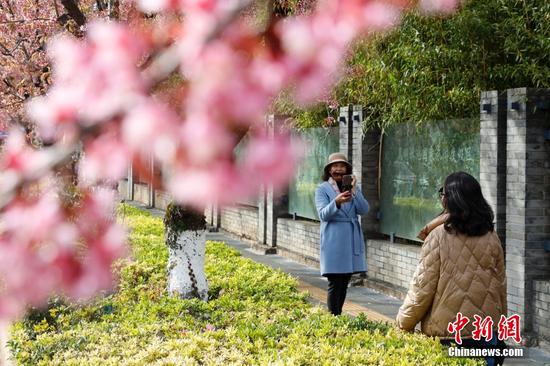


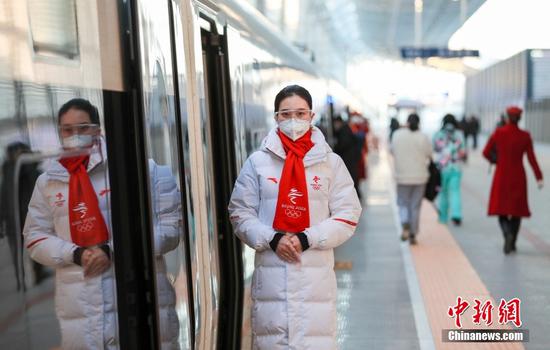
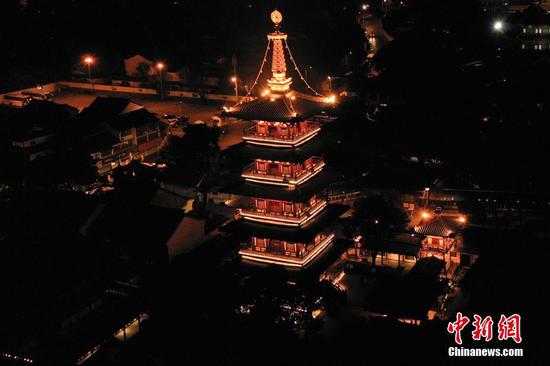

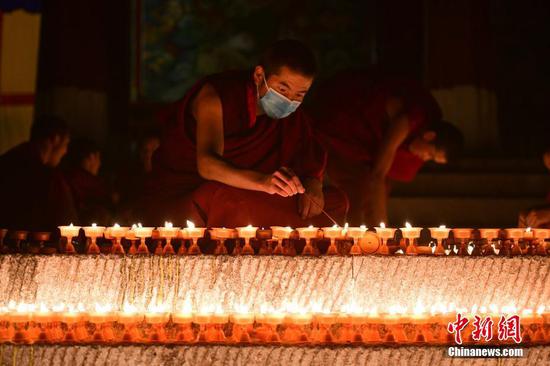
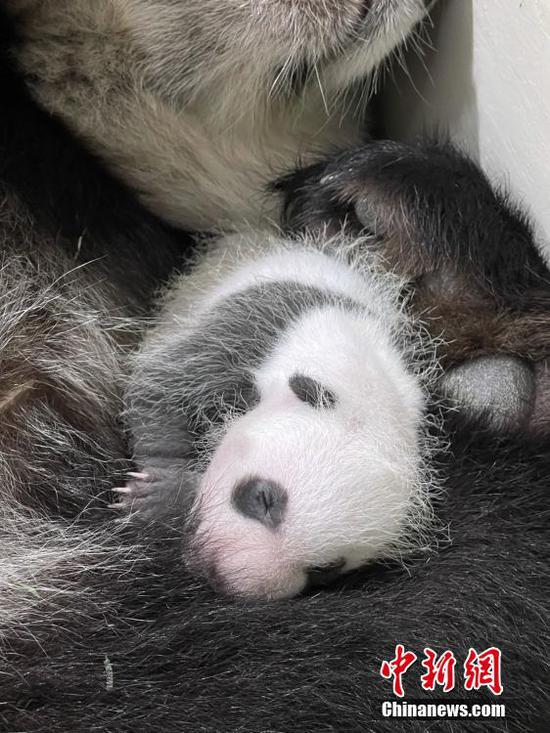

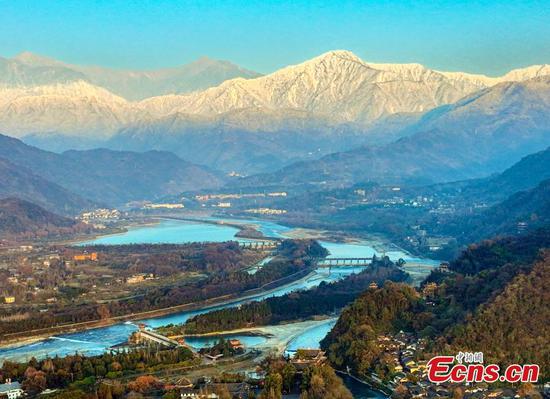
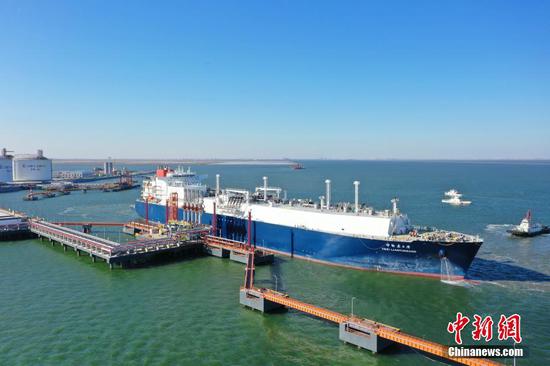
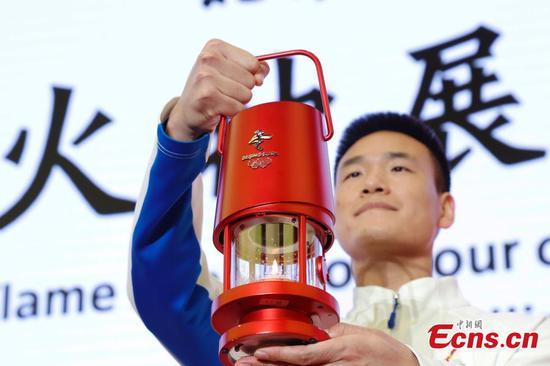






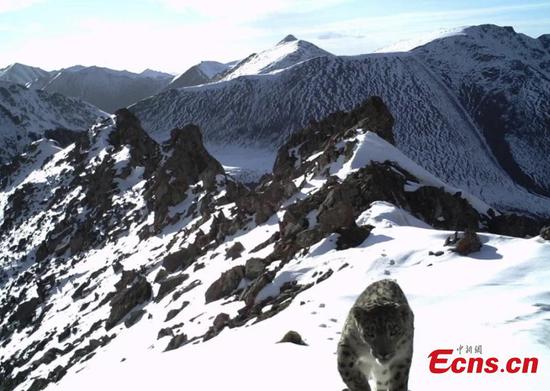
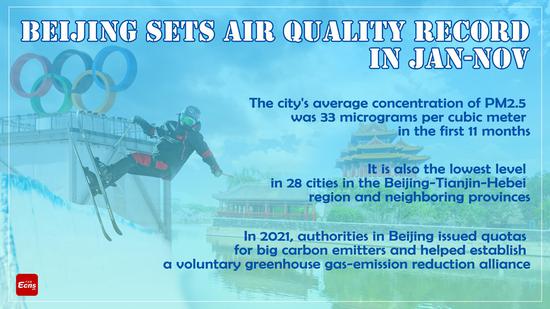
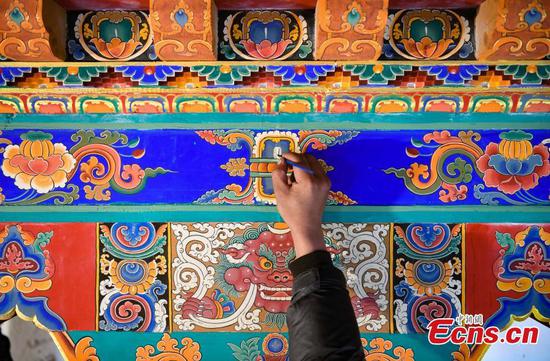
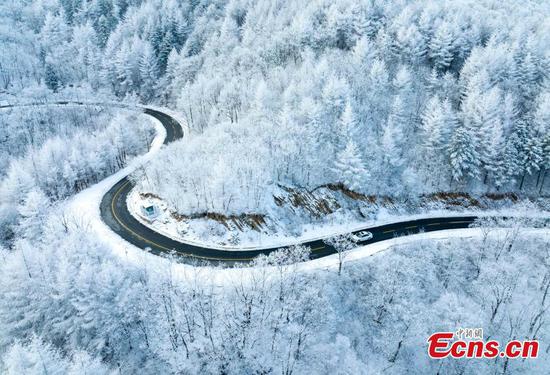
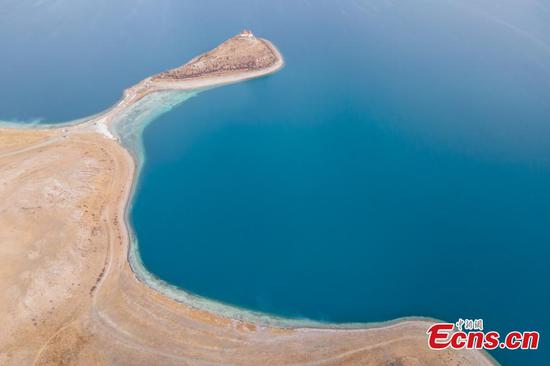


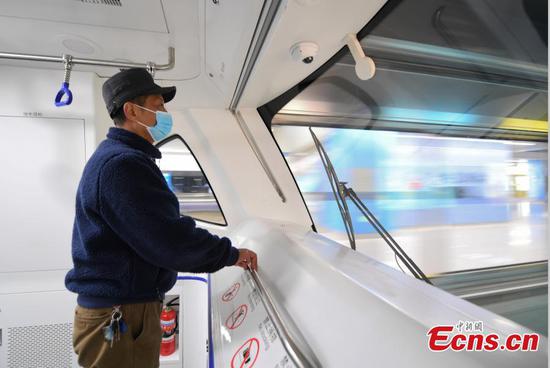

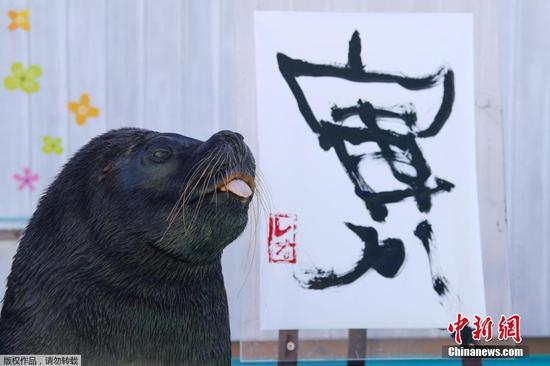
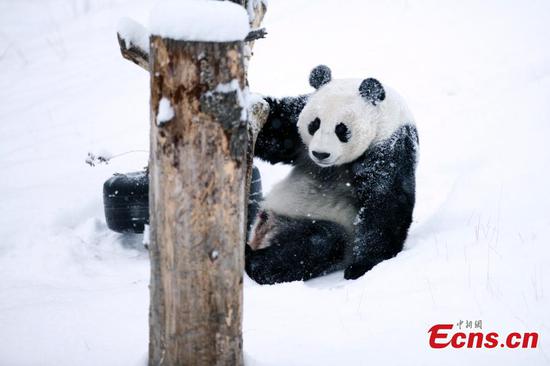
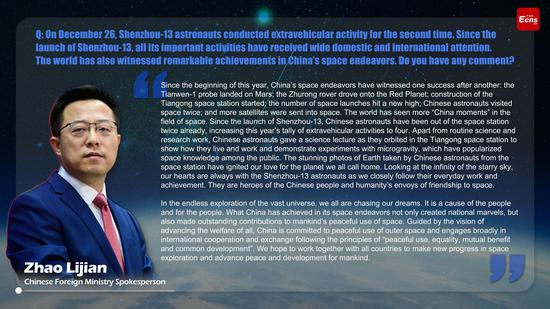


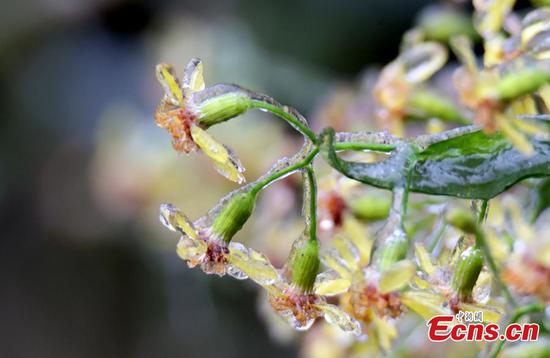


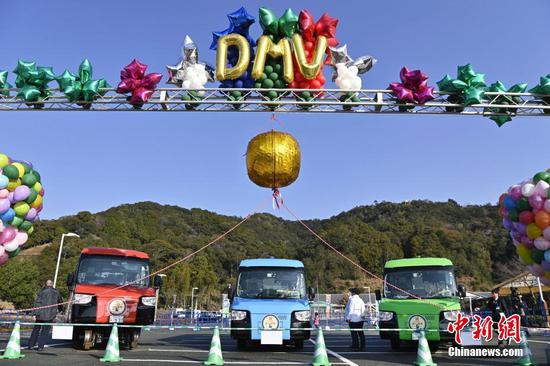
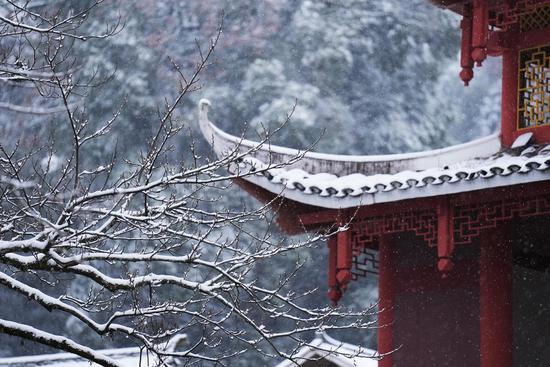



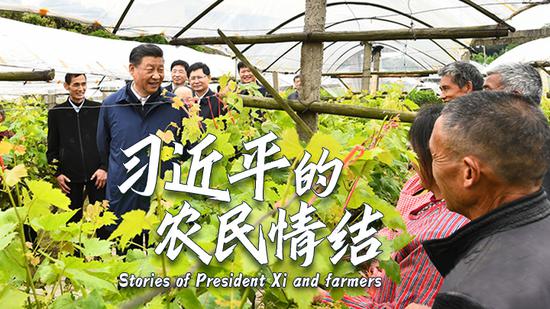

 京公网安备 11010202009201号
京公网安备 11010202009201号